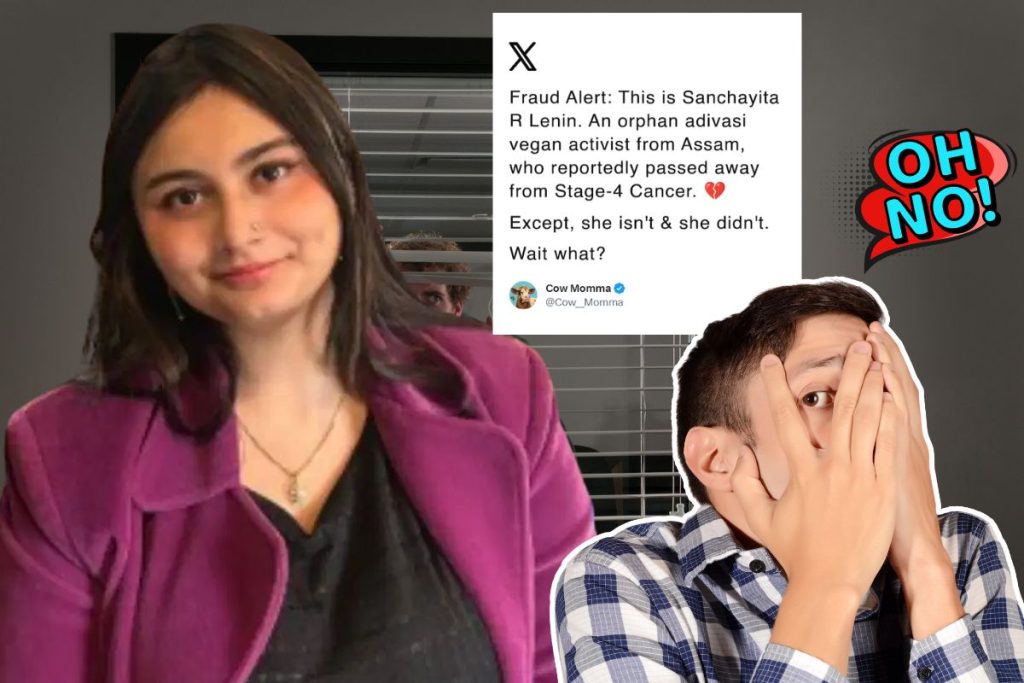
Shades of Grey: The Double Life of Louis Conradt – Prosecutor by Day, Predator by Night
Louis Conradt, the name that once resonated with respect and authority in Kaufman County, Texas, now reverberates with chilling duality. In the daylight, he donned the mantle of justice, a prosecutor sworn to uphold the law. In the anonymous shadows of the internet, however, he lurked as “inxs00,” a predator preying on innocence.
To understand Conradt is to grapple with the dissonance between these two stark realities, exploring the depths of human complexity and the dangers that lurk beneath the surface of normalcy.
Table of Contents
Act I: The Upright Facade
Born in 1950, Conradt seemed destined for small-town success. As a high school leader and later a law graduate, he exuded an aura of diligence and ambition. By the early 1980s, he had become an assistant district attorney, diligently prosecuting serious crimes and earning community accolades. The ascension to district attorney in 1990 cemented his image as a pillar of the legal system. He was a devoted husband, father, and churchgoer, his impeccable image as solid as the oak trees lining the streets of Kaufman.
Yet, within Conradt, a darkness festered. The internet, then in its nascent stages, provided a cloaked arena for his shadow self to emerge. Under the pseudonym “inxs00,” he ventured into the murky depths of chatrooms, seeking the company of those he believed to be young boys. In these digital exchanges, the veneer of respectability evaporated, replaced by a predator weaving a web of manipulation and sexual desire.
Act II: Descent into the Shadows
In the anonymous confines of the internet, Conradt shed his professional skin. Gone was the stern prosecutor; in his place, arose a predator grooming potential victims with compliments and promises of understanding. He engaged in sexually suggestive conversations, his words dripping with predatory intent. He craved physical encounters, relishing the anonymity that emboldened his transgressions.
Unbeknownst to Conradt, his digital dance with darkness was being monitored by Perverted Justice, a volunteer group dedicated to exposing online predators. Working alongside Dateline NBC’s “To Catch a Predator,” they documented Conradt’s activities, gathering irrefutable evidence of his online predations. This invisible web of evidence would soon ensnare him in its chilling grip.
Act III: Unmasking and Unraveling
On a crisp November morning in 2006, the facade crumbled. Police, armed with a warrant and accompanied by Dateline’s camera crew, descended upon Conradt’s doorstep. As they approached, a gunshot echoed through the quiet neighborhood, shattering the silence and marking the end of his double life. Inside, they found Conradt dead, a self-inflicted gunshot wound silencing his dark desires forever.
The news of Conradt’s suicide and the revelation of his online activities sent shockwaves through the community. The man who had sworn to uphold the law had, in fact, broken it in the most heinous way possible. The once-respected figure was now reduced to a cautionary tale, a chilling reminder of the potential for hidden darkness within seemingly ordinary individuals.
Unraveling the Contradictions
The questions arose: How could someone so seemingly upstanding engage in such depraved behavior? What drove him to such a tragic end? Was it the anonymity of the internet that emboldened his transgressions, or were there deeper, internal struggles at play?
The Aftermath and Enduring Lessons
Conradt’s story transcends the shock and horror of his crimes. It serves as a stark reminder that appearances can be deceiving, that beneath the surface of normalcy, even those entrusted with upholding the law can harbor dark secrets. It highlights the dangers lurking in the shadows of the internet, where anonymity can empower predators and vulnerability can be exploited.
Conradt’s case underscores the need for vigilant online safety education, empowering children and adults alike with the tools to navigate the digital world safely. Parents and educators must remain informed about the potential dangers lurking online, equipping children with critical thinking skills and open communication channels. Similarly, law enforcement agencies must be equipped to identify and apprehend online predators with greater efficiency and effectiveness.
The tragedy of Louis Conradt is not just a cautionary tale; it’s a call to action. It demands a proactive approach towards creating a safer online environment, one where anonymity doesn’t translate to impunity and vulnerability doesn’t equate to victimhood. Conradt’s story should not merely shock and horrify; it should spark conversations, foster awareness, and propel us towards collective action. Here are some potential avenues for progress:
- Enhancing Online Safety Measures: Implementing stricter regulations and content moderation protocols on online platforms frequented by minors can help curb predatory activity and create a safer digital space. This includes developing robust algorithms to detect and flag suspicious behavior, collaborating with law enforcement agencies for swift intervention, and actively educating users about potential dangers.
- Prioritizing Digital Literacy: Equipping children and adults alike with the necessary digital literacy skills is crucial in mitigating online risks. This involves understanding online safety protocols, responsible internet usage, critical thinking skills for evaluating information, and open communication channels with trusted adults when encountering suspicious behavior.
- Supporting Mental Health Initiatives: Recognizing the potential link between mental health struggles and online predatory behavior necessitates prioritizing mental health awareness and support programs. Providing individuals with access to therapy and counseling can help address underlying issues that might contribute to risky online behavior.
- Breaking the Silence: Openly discussing the dangers of online predation and challenging the stigma surrounding victimhood can empower individuals to come forward and seek help. Sharing personal stories of resilience and recovery can also provide support and guidance to those affected by online predators.
Louis Conradt’s story may be one of darkness, but it holds the potential to illuminate a path towards a brighter future. By acknowledging the complexities of online safety, prioritizing digital literacy, fostering open communication, and investing in mental health support, we can create a digital world where shadows no longer offer safe havens for predators and the light of awareness shines brightly to protect the vulnerable. Let Conradt’s tragedy serve as a catalyst for proactive change, not a mere footnote in the annals of cybercrime. The responsibility lies with all of us to build a safer online community, one where the darkness of predators like “inxs00” can never again eclipse the innocence of youth.
January 5, 2024

















